[/caption]
CAPE CANAVERAL, Fla – Space Exploration Technologies (SpaceX) welcomed a new guest to Space Launch Complex 40 (SLC-40) on Sunday – the next Dragon spacecraft that is set to launch later this year. Members of the media were invited to a photo opportunity to chronicle the Dragon spacecraft’s arrival which had been delayed a day due to issues with travel permits.
The Dragon that arrived on Sunday is destined to fly to the International Space Station (ISS). It will be the first time that a private firm docks with the space station. The COTS Demo 2 Dragon was shipped from SpaceX’s facilities in Hawthorne, California to Cape Canaveral in Florida.
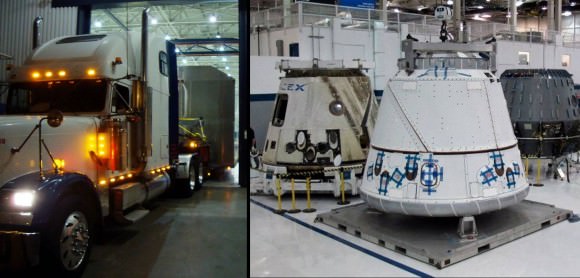
The Falcon 9 rocket, with its Dragon spacecraft payload, is currently scheduled to launch from Cape Canaveral Air Force Station’s SLC-40 on Dec. 19. If all goes as it is currently planned the Dragon will maneuver along side of the orbiting laboratory where the space station’s robot Canadarm 2 will grapple the unmanned spacecraft it and dock it with the station.
“When it comes to the launch day, NASA will determine that, we’re pushing to launch on Dec. 19, but the final “go” date is set by NASA and the range,” said SpaceX’s Vice-President for Communications Bobby Block. “We are currently working to conduct a wet dress rehearsal on November 21st.”
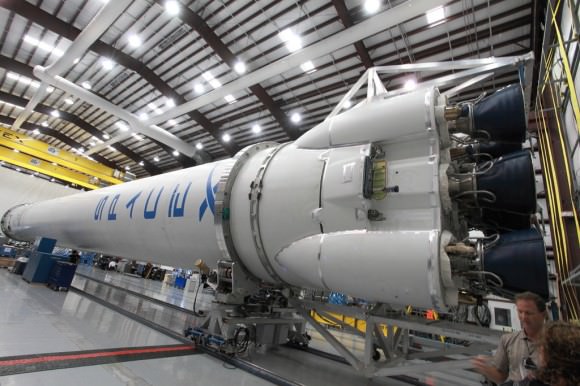
SpaceX recently passed a Preliminary Draft Review (PDR) of the Dragon’s Launch Abort System (LAS). This system, which pulls astronauts and their spacecraft to safety in case of some problem with the Falcon 9 launch vehicle, is unlike other systems of its type. Normal abort systems are essentially small rockets affixed to the top of the spacecraft (which is normally on top of the rocket). Not so with SpaceX’s design, dubbed DragonRider – it will be built into the walls of the spacecraft.
The reason for the difference in the abort system’s design is twofold. First, it will drive the costs down (Dragon is being developed as a reusable spacecraft) -whereas traditional abort systems are not capable of being reused. Secondly the system could one day be used as a potential means of landing spacecraft on other terrestrial worlds, such as the planet Mars.
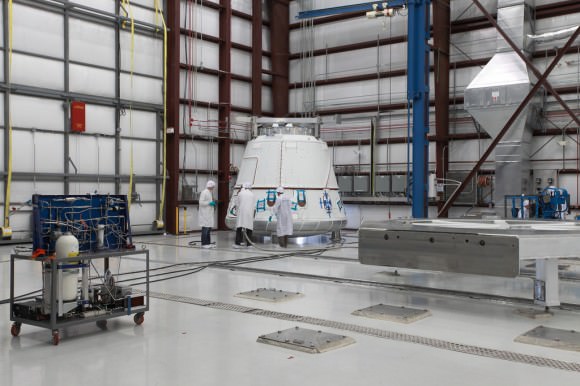
This will mark the second demonstration flight that SpaceX will have flown to accomplish the objectives laid out in the Commercial Orbital Transportations Services or COTS contract. The $1.6 billion contract is an effort to ensure that needed cargo is delivered to the station safely and in a timely fashion.
SpaceX so far has launched two of its Falcon 9 rockets – both in 2010. The first flight occurred on June 4, 2010 with the second being launched on Dec. 8, 2010. It was on this second flight that SpaceX became the first private entity to launch a spacecraft into orbit and then safely recover it after it had successfully orbited the Earth twice. Before this only nations were capable of achieving this feat.
“This is very exciting, our last launch was about a year ago, so to have a fully-operational Dragon up-and-ready to make a historic docking to the International Space Station it’s terrifically exciting.” Block said.
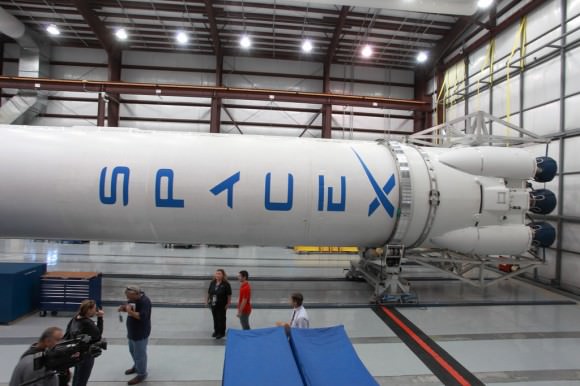

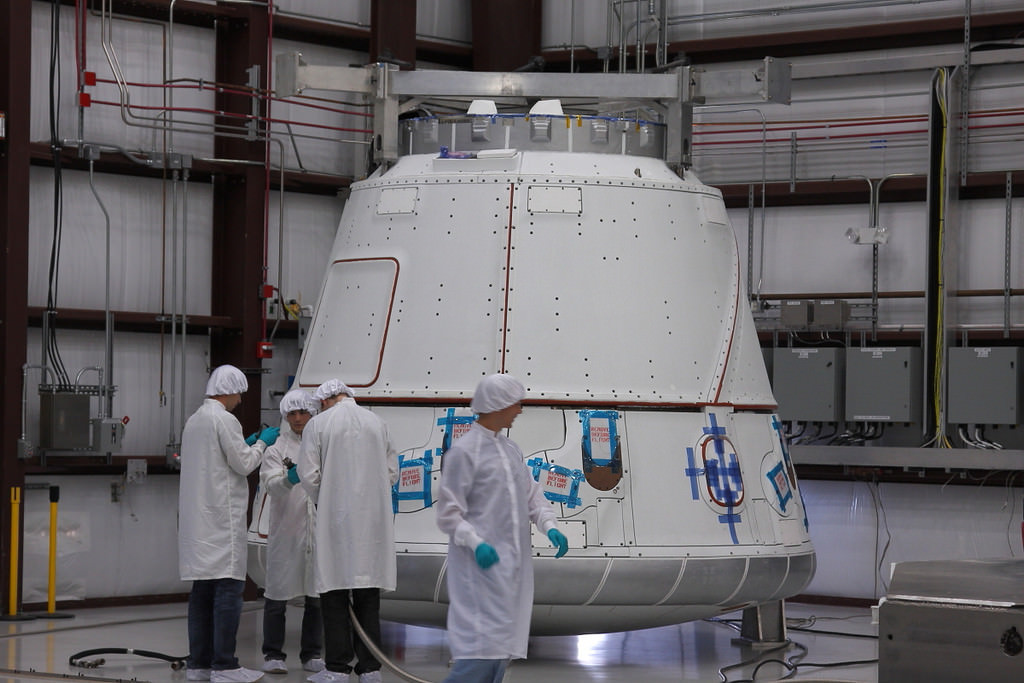
Intelligent Design by intelligent people!
SpaceX is getting people into orbit the most economical way possible, they are the next generation transportation company. Now it is up to someone else to build the destinations to drop people off at: space stations, astro bases, lunar bases, ect…
Exciting news. Lofty Ambitions blog took a look at the old Dragon capsule: http://loftyambitions.wordpress.com/2011/07/17/last-chance-to-see-part-14/. We’re interested to see what’s next!
Great news and great progress, I can not wait until the launch abort system is working. Perhaps the first stage will be re-usable by then. SpaceX is in the forfront of space developement, the next wave is to make it affordable so as to open up new markets.
Congress should be funding this rather than wasting billions on SLS/MPCV that do not have real missions because they are so expensive they will not fly often enough to be usefull.
I see the PICA-X heat shield is no longer tan but two-tone: silvery at the perimeter and white in the central portion. Perhaps a metallic-creamic overcoat to minimize the deposition of ablated material on the rest of the spacecraft for easier re-use? Also makes one wonder if the sidewalls got the same layer. Whatever, it’s evolving into a gorgeous multi-role spacecraft.
Looking forward to the development of Falcon Heavy, if it delivers as promised, it will surely at least help open up the frontier.
Have you seen the cheaper use of Falcon Heavy and fuel depots to do the job SLS does (but faster)? [HT Next Big Future, in turn HT UT.]
“An internal NASA study found the fuel depot option to be $79 billion cheaper ($64 billion versus $143 billion*) than a Space Launch System option and the fuel depot option would be 5 years faster for Near earth Asteroid mission.”
10 Falcon Heavy (or Delta V) and 1 Commercial Crew launch (say Falcon 9/Dragon) would replace 2 or more SLS needed for NEO missions, and combine all the good parts of the suggested future infrastructure (MPCV, fuel depots, Commercial Crew, Flexible Path).
Cheaper, faster, flexible, NEO to Mars with L1/L2 resupply and potential back-to-the-Moon fuel exploitation. But evidently not enough pork.
Egads, couldn’t they buy enough politicians with the freed $79 billion!?
——————–
* We are comparing apples and pears, but SLS NEO bloviates from Constellations $97 billion fro the Moon [Wikipedia]. As another comparison, NASA put the whole Apollo program down as $170 billion [2005 USD; Wikipedia].
So SLS is yet again another overpriced monster. Because “we couldn’t afford Constellation” with roughly the same functionality at 2/3 the cost.
Followed the links but could not find the original NASA reports. But aside from that if you scrap SLS and have 10 falcon Heavy flights per year from 2013 it leaves 3 billion in 2012 plus 1.75 billion per year after that for payloads. That is 500 ton per year into orbit way more than SLS could even consider. So the rocket launch system is not thebut payloads.
Yea I read about that, I’ve been ranting about the rationale for SLS recently myself.
But unfortunately the space business, as run by the White House, is about jobs, not efficiency. The Falcons may be better candidates but SpaceX operates out of California. The presence of SLS will ensure at least some jobs within the current facilities that were used to cater to the Space Shuttle, like the processing plant in Michoud, New Orleans etc.
Of course since a lot of the workforce was let go recently they’ll have to re-hire and its just a big bureaucratic mess.
It’s sad but true, space is quite political.
Soon it is Dragon fire time!
Btw, the Dragon LAS push system is no longer “unlike other systems of its type”, since Boeing copied the idea in their later CST-100 capsule (that may or may not see the dark of space).
A passive mating more properly called to “berth it“, perhaps?
Go SpaceX, go!